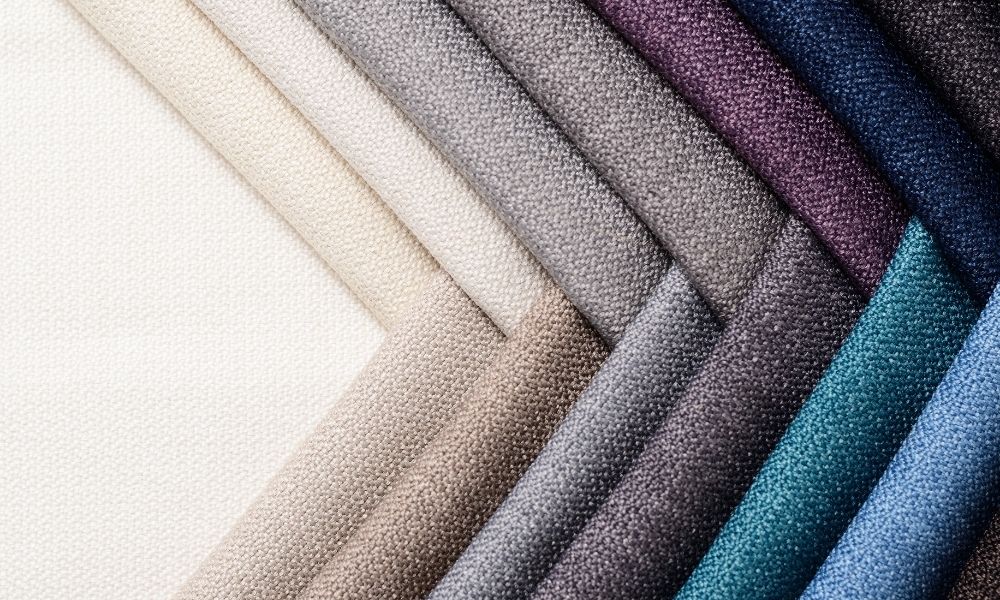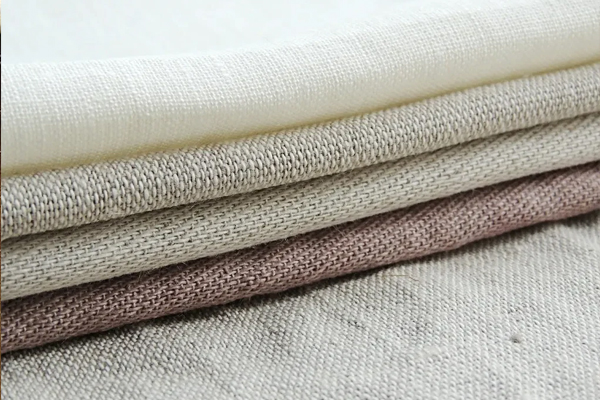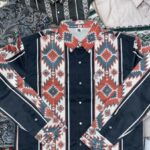
Linen’s ability to handle heat and humidity has made it a key part of summer outfits for centuries. Lightweight, breathable, and tough, linen fits well into summer clothing lines that need both style and function. Read on to understand why linen fabric is a preferred choice for designers and consumers alike, and how your next collection can benefit from its unique set of features.
Linen’s Long-Standing Place in Fashion
Linen’s history stretches back more than 4,000 years. This fabric, made from the fibers of the flax plant, has clothed people through countless eras. It was used in ancient Egypt for its cooling properties and lightweight feel. Today, it brings the same practical advantages to modern wardrobes.
Designers rely on linen because of its solid performance and crisp finish. Linen naturally lets air pass through, keeping skin cool and dry during the hottest months. Its straightforward production process and minimal environmental impact only add to its appeal in today’s fashion market, where shoppers and brands are both asking for better materials.
Breathability That Makes a Difference
Linen’s number one feature for summer is its superior breathability. Here’s how it stands apart:
- Natural Fiber Structure
Linen is made from the flax plant’s cellulose fibers, which are thicker and less densely woven than cotton. This loose weave lets more air circulate around the body.
- Moisture-Wicking Ability
Linen absorbs up to 20% of its weight in moisture before feeling damp. Sweat is quickly drawn away from the skin and allowed to evaporate, which helps wearers feel dry.
- Temperature Regulation
Linen’s high air permeability allows body heat to escape. Compared to polyester or even most cottons, linen keeps the wearer cooler during high temperatures.
Comparison with Other Fabrics:
- Cotton can trap heat and moisture if tightly woven or blended with synthetics.
- Polyester is less breathable and holds on to sweat.
- Rayon and viscose offer some breathability, but they lack linen’s quick drying time.
This difference in airflow and moisture control gives linen a reliable edge for hot weather. Many brands turn to linen to improve comfort in summer skirts, shirts, and shorts.

Durability and Longevity
Linen isn’t just about comfort; it offers unmatched strength for repeated wear and washing.
- Tensile Strength
Linen is one of the strongest natural fibers. It’s roughly 30% stronger than cotton, which means fewer tears or breaks across its lifespan.
- Aging Gracefully
Unlike most fabrics, linen softens with each wash while holding its shape. This makes each item more comfortable over time, not less.
- Minimal Fiber Degradation
Quality linen resists pilling and retains its crispness even after many laundry cycles.
- Long Service Life
Well-cared-for linen pieces can last for years, outshining synthetic or blended fabrics that degrade quickly under UV rays or in frequent washing.
Linen’s toughness lets designers work with lighter fabrics without the worry of early wear and tear. For summer pieces that see regular use, this means lower replacement rates and more value for consumers.
Versatility That Covers All Needs
Linen is not limited to one type of garment. Its adaptability makes it valuable to both designers and buyers:
- Shirts and Blouses:
Button-downs in linen provide sharp, professional looks that don’t trap heat.
- Dresses and Skirts:
Linen drapes naturally, offering flowy cuts or tailored silhouettes.
- Shorts and Pants:
Lightweight yet strong, linen trousers and shorts are staples for both men and women.
- Jackets and Outerwear:
For cool evenings, linen-blend blazers offer structure without the weight of wool or synthetics.
- Accessories:
Scarves, handbags, and hats made from linen add variety while keeping outfits light.
- Children’s Clothing:
Parents select linen for their children to avoid overheating and irritation from synthetics.
Linen’s easy dyeability means it can take on a range of colors, from classic off-whites and neutrals to vivid shades that pop. Texture variety is another plus, with options like smooth plain weaves or more rustic slubs. Creasing, once seen as a fault, is now accepted as part of linen’s relaxed summer style.
For businesses, this range allows for full collections that offer variety without shifting away from the functional benefits shoppers need.
Sustainable by Nature
Linen’s environmental record is another key factor for modern collections:
- Lower Water Use:
Compared to cotton, flax (the linen source) stands out. Cotton may use up to 2,700 liters of water to yield one shirt, but flax needs only a fraction of that.
- No Need for High Chemical Inputs:
Flax can be grown with minimal pesticides and fertilizers, especially when compared to traditional cotton crops.
- Less Waste:
Almost every part of the flax plant can be used, with seeds going into foods or oils and shives used for livestock feed or mulch.
- Quick Biodegradability:
When disposed of, pure linen fibers break down rapidly, leaving less impact on landfills.
What does this mean for brands?
- Reduced environmental footprint through less resource-intensive production.
- Easier compliance with eco-certification programs and growing consumer demand for sustainable fashion.
- Stronger brand messaging around conscious sourcing and responsible manufacturing.
With many countries tightening regulations around waste and chemical use in textiles, linen future-proofs collections for both regulatory shifts and ongoing consumer priorities.
Building Collections with Linen
If your goal is to offer summer clothing that stays relevant and functional, linen brings clear benefits:
- Less risk of stuck-on sweat and overheating for wearers.
- Items that look and feel better as time goes by.
- Lower long-term costs for retailers and buyers thanks to fabric longevity.
- Flexibility to design full summer lines, from basics to standout pieces.
- Confidence that you are meeting both style and sustainability expectations.
Example: Smart brands pair linen with other fibers such as cotton or viscose for blends that enhance softness while keeping the core advantages. Double-layered linen dresses remain cool, while finely woven linen-cotton shirts balance wrinkle resistance with sharp lines.
Market statistics: According to recent industry data, searches for “linen summer dress” and “linen men’s shirt” increase by over 300% year on year during peak summer months. Brands that highlight linen’s performance and showcase its benefits often see higher engagement rates on their product pages and fewer returns due to discomfort complaints.
Choosing Linen for Your Next Summer Collection
Linen is a practical solution for brands and buyers who want clothing that stands up to the season’s heat. It brings together essential qualities for summer wear without sacrificing durability, style, or sustainability.
If you’re building or sourcing a new collection, factor in:
- Consistent demand for cool, low-maintenance summer wear.
- Shifting expectations around sustainability from shoppers and regulators.
- Operational gains from durable items that cut down on warranty claims and returns.
Linen’s strengths set up fashion brands to respond confidently to the challenges each
summer brings.
Sustainable fabrics are eco-friendly textiles crafted to minimize environmental harm while promoting ethical production and biodegradability. Leading choices include organic cotton fabric, cultivated without toxic chemicals and using much less water than conventional cotton; linen, made from flax that grows with minimal resources; and hemp, a resilient, fast-growing crop that enhances soil health. Innovative materials like TENCEL™ and Cupro (Bemberg) are also gaining popularity—they’re derived from renewable sources and produced through closed-loop systems that reduce waste and pollution. Together, these fabrics are shaping a more responsible and environmentally conscious future for the fashion industry.
Discover our wide selection of custom-printed, ready mill-dyed, and yarn-dyed fabrics—designed to meet the unique needs of your next collection. For tailored support or any questions, feel free to contact us at hello@fabriclore.com. With Fabriclore, enjoy a smooth, reliable, and cost-effective fabric sourcing experience.







